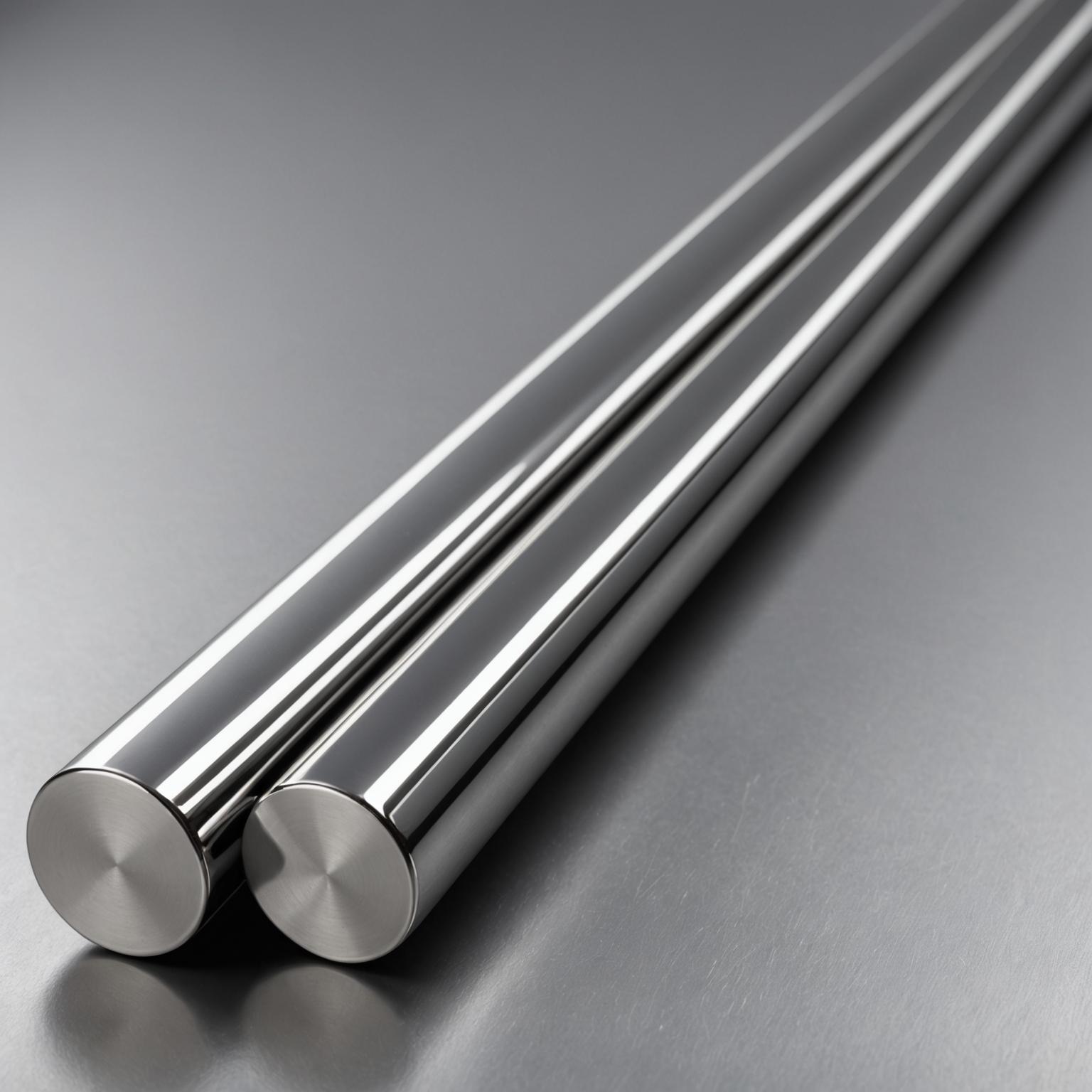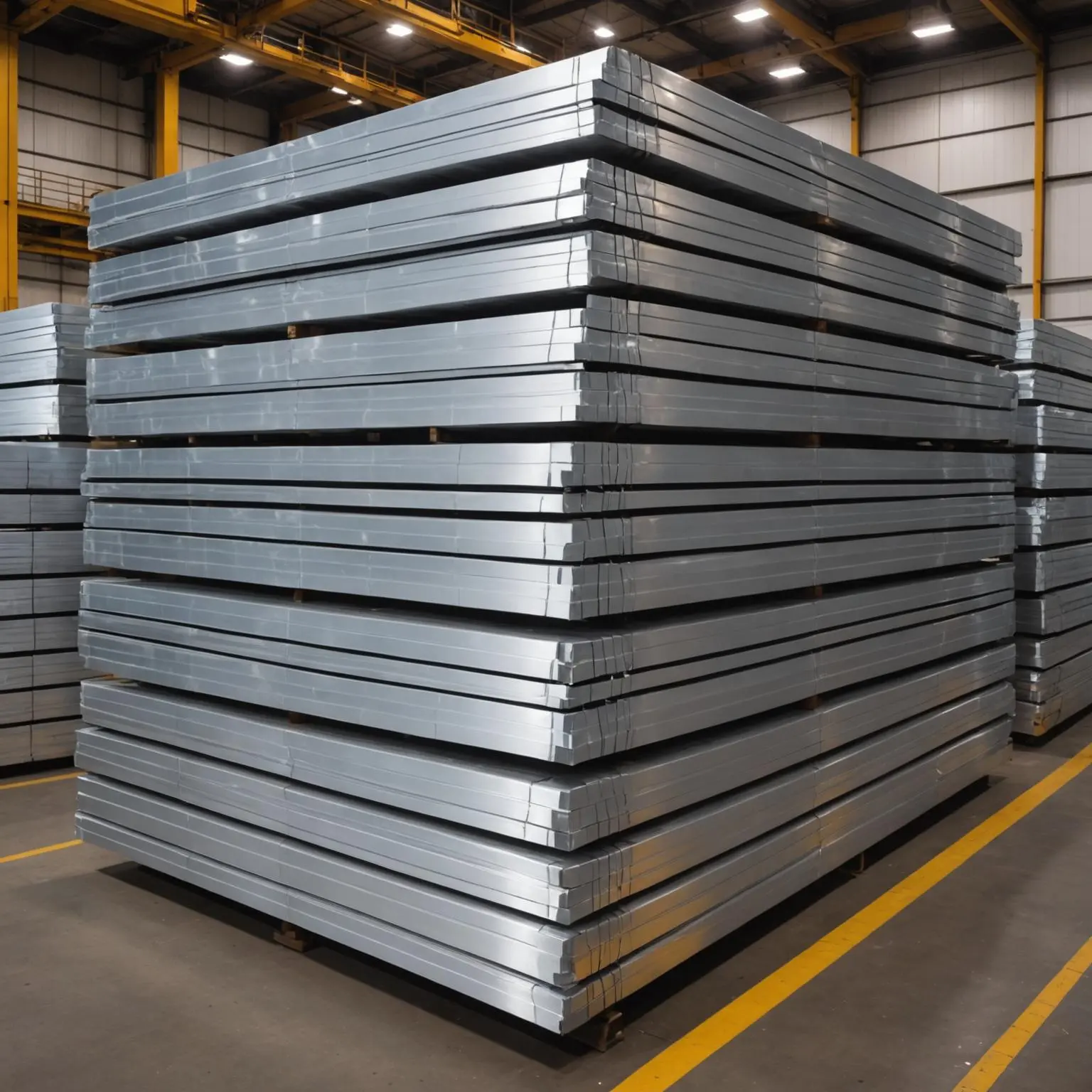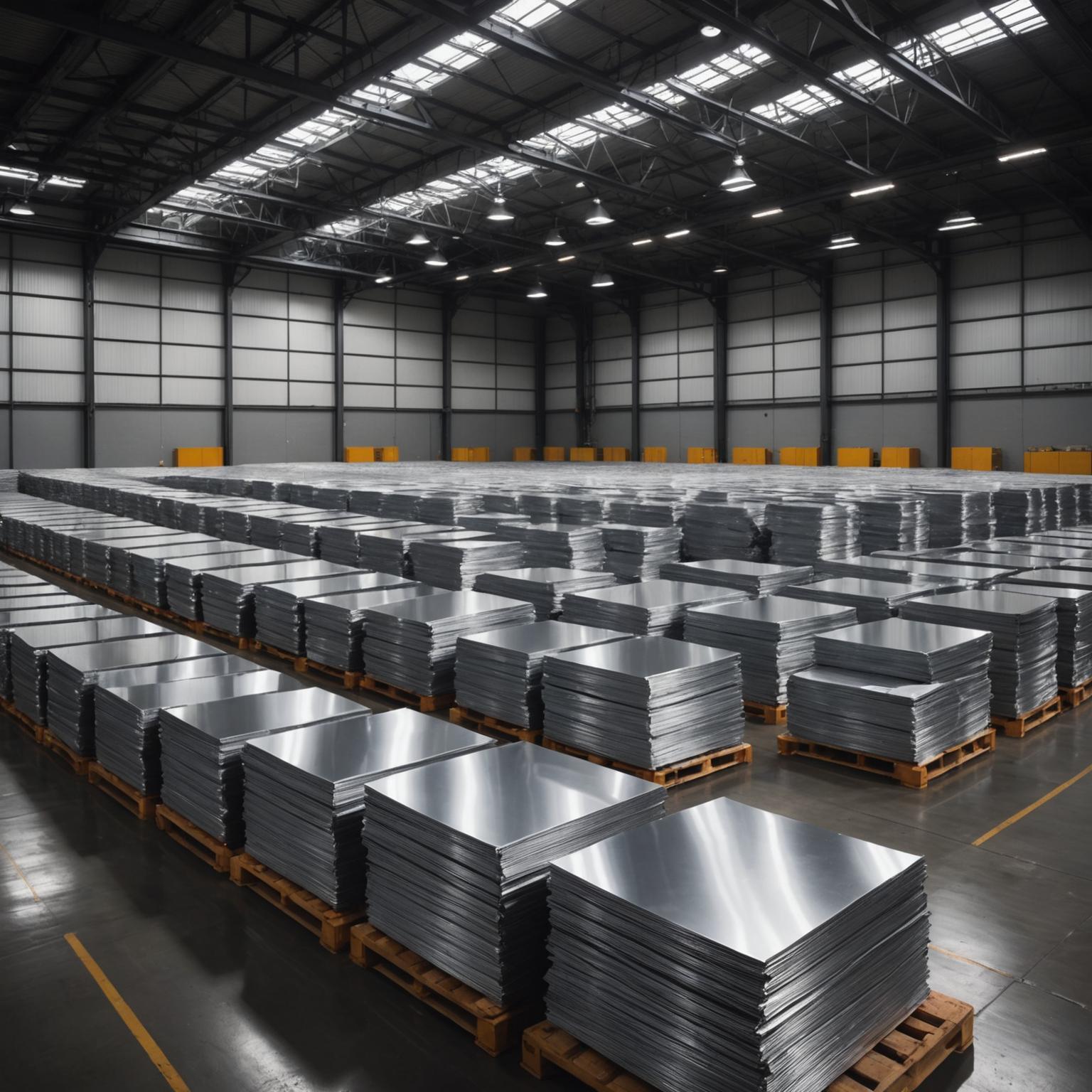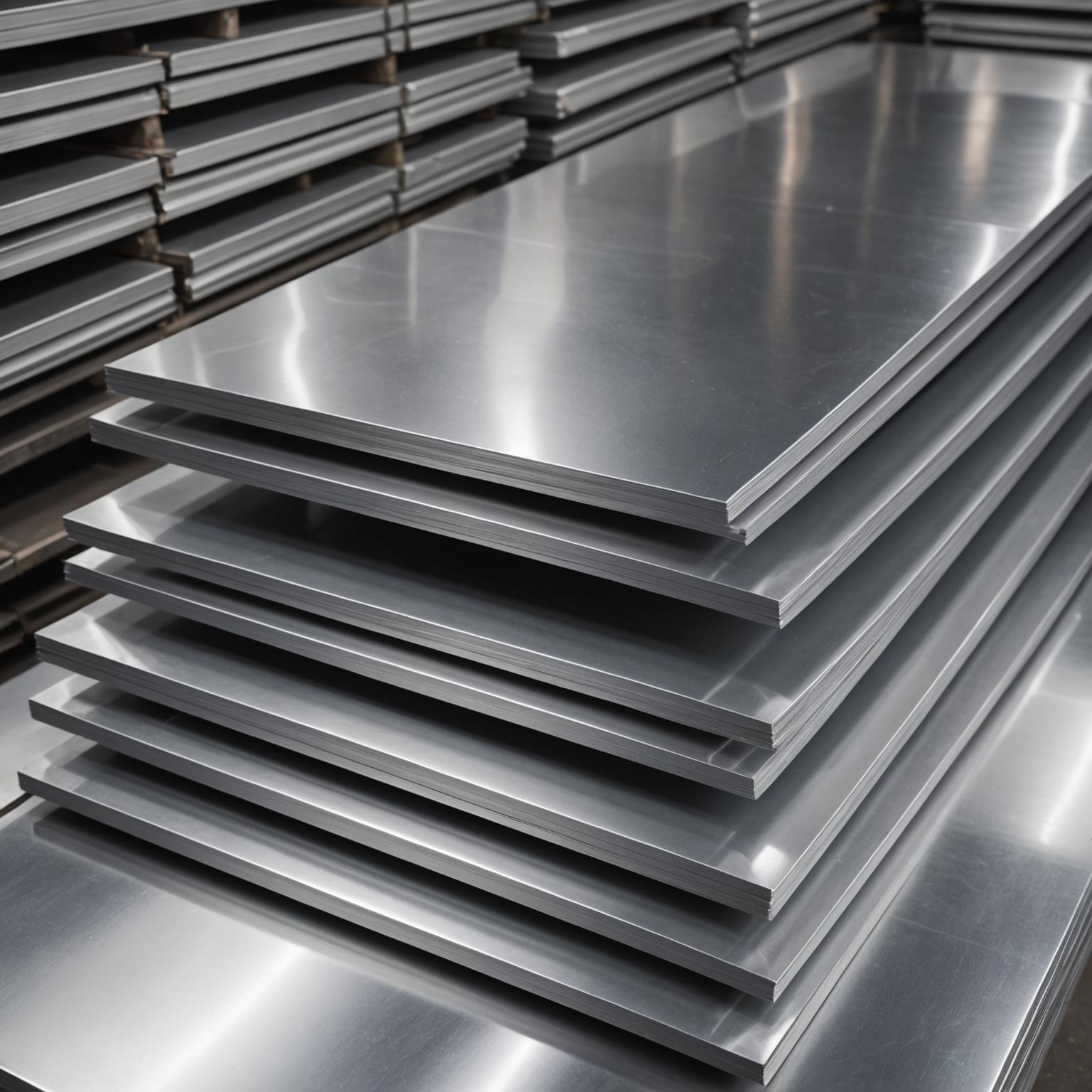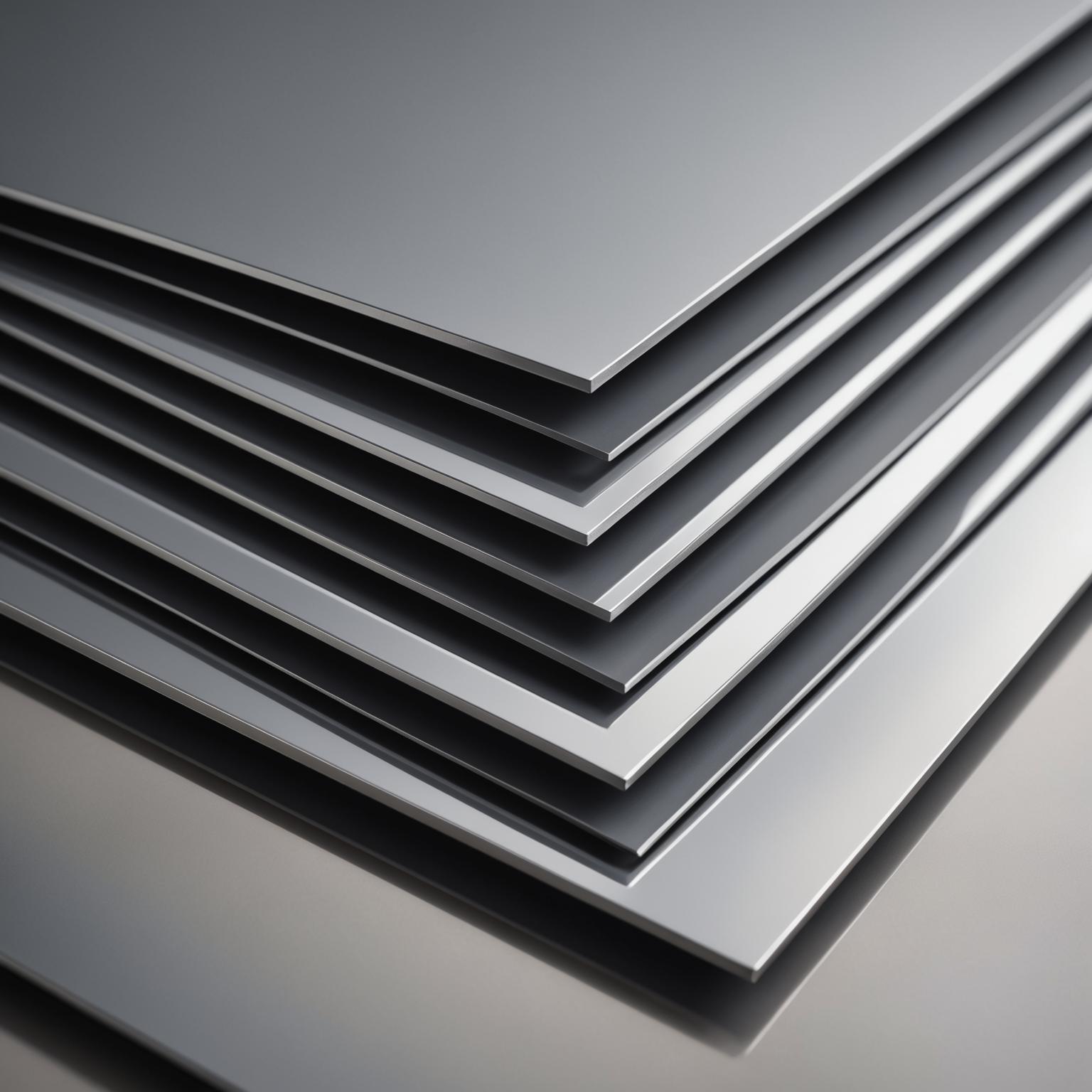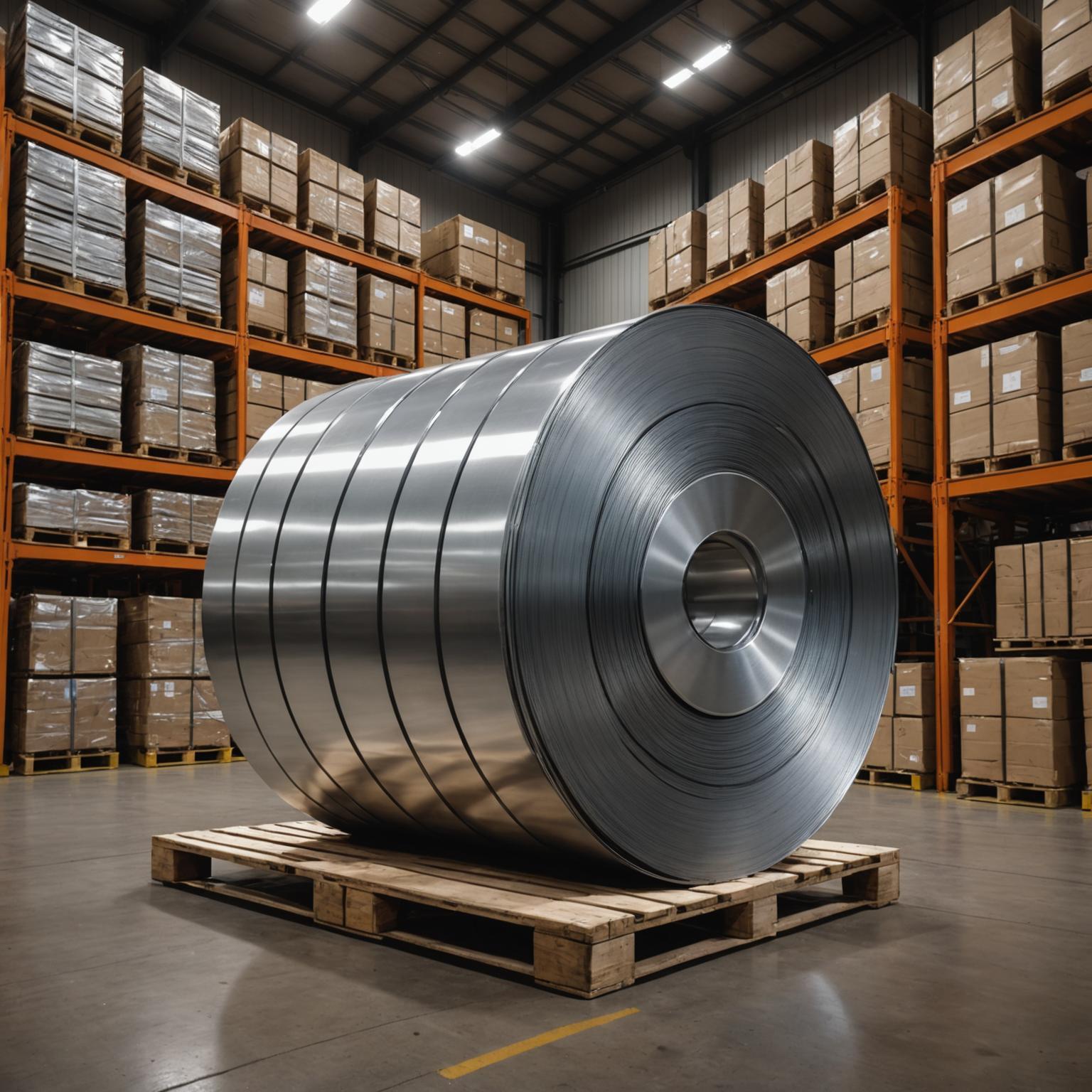When selecting materials for a project, the choice between a 304 vs 201 stainless steel sheet is a critical decision that can impact durability, appearance, and budget. Both are popular austenitic stainless steels, meaning they share a similar crystalline structure, but their underlying chemical compositions create vast differences in performance and suitability. While they may look nearly identical to the untrained eye, understanding their distinct properties is essential for ensuring the long-term success and value of your application. This guide will provide a detailed comparison and a thorough cost analysis to help you determine which grade is the right investment for your specific needs.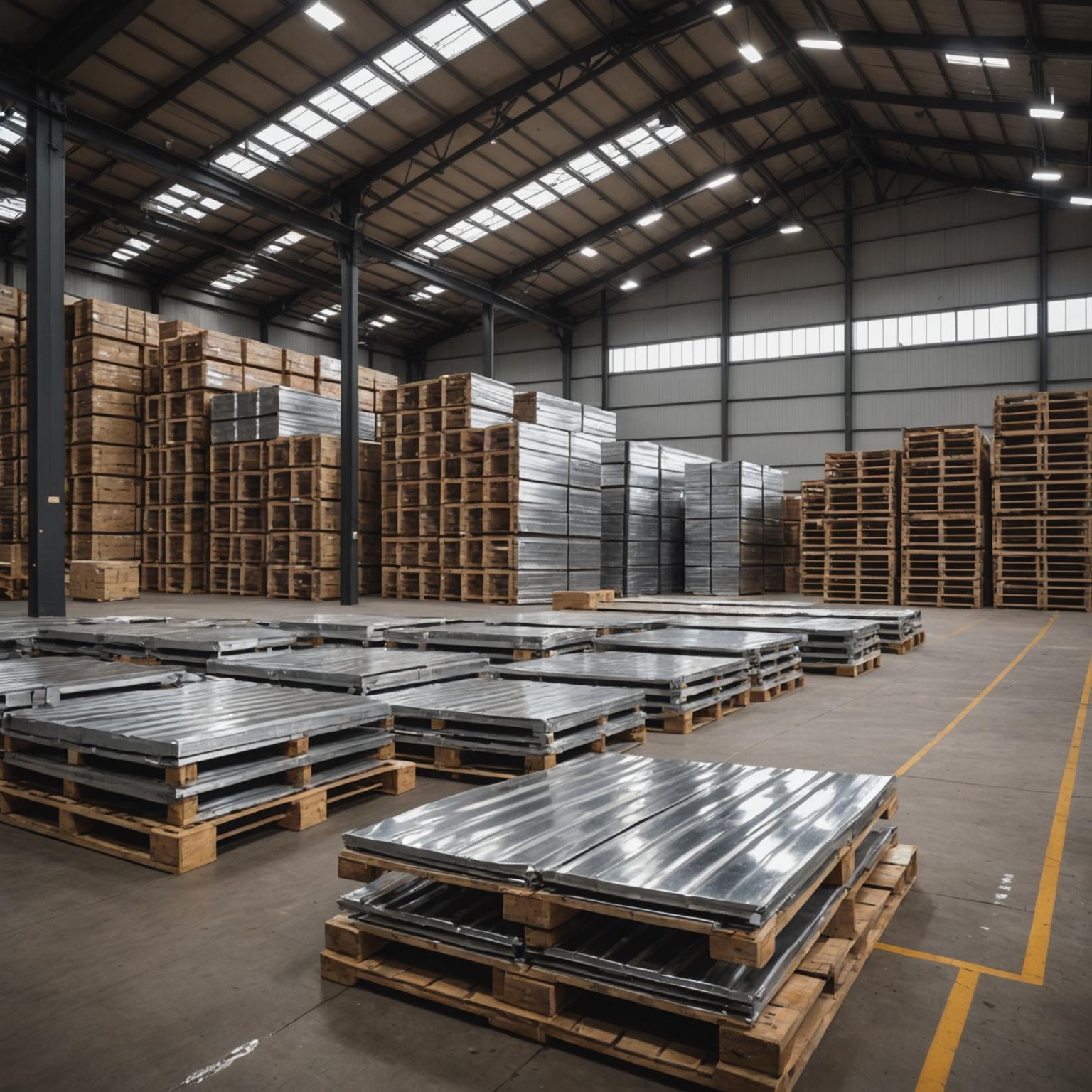
Understanding the Chemical Composition
At the heart of the differences between 304 and 201 stainless steel is their chemical makeup. Grade 304, often considered the industry standard, is renowned for its balanced composition, typically containing around 18% chromium and 8% nickel. This high nickel content is crucial, as it significantly enhances the material's corrosion resistance, ductility, and formability. The chromium creates a passive, self-repairing oxide layer on the surface that protects the steel from environmental factors. In contrast, Grade 201 was developed as a lower-cost alternative. To reduce expenses, manufacturers replace a significant portion of the costly nickel with more affordable elements like manganese and nitrogen. While 201 steel still contains chromium (around 16-18%), its nickel content is drastically lower, typically falling in the 3.5-5.5% range. This fundamental substitution is the primary driver behind the performance and cost disparities between the two grades.
Corrosion Resistance: The Deciding Factor
Perhaps the most significant differentiator is corrosion resistance. Thanks to its generous nickel and chromium content, 304 stainless steel offers excellent protection against a wide range of corrosive agents. It performs exceptionally well in humid environments, can withstand exposure to many chemicals, and is the preferred choice for marine applications and food processing equipment where sanitation and rust prevention are paramount. It resists oxidation and staining, maintaining its integrity and appearance even in challenging conditions. On the other hand, 201 stainless steel has considerably lower corrosion resistance. The reduced nickel and higher manganese content make it more susceptible to rust and pitting, especially when exposed to moisture, salt, or acidic substances. For this reason, 201 is generally recommended only for dry, indoor applications where it is shielded from the elements. Using 201 steel in an outdoor or humid environment will almost certainly lead to premature failure and rust.
Performance, Durability, and Workability
Beyond corrosion, the compositional differences also affect mechanical properties. Grade 304 is known for its superior ductility and formability. The high nickel content allows it to be deep-drawn, bent, and formed into complex shapes without cracking, making it a favorite for manufacturing sinks, cookware, and intricate architectural components. It is also easily welded. Grade 201, due to its higher nitrogen content, is typically about 30% stronger and harder than 304. While this added strength can be advantageous in some structural applications, it comes at the cost of ductility. 201 is more prone to work hardening and can be more challenging to form or draw, increasing the risk of stress corrosion cracking. This makes it less suitable for applications requiring intricate fabrication. The choice here depends on whether the priority is strength or the ease of manufacturing and forming.
A Detailed Cost Analysis: Upfront Savings vs. Long-Term Value
For many, the initial price point is a major factor, and this is where a careful cost analysis is crucial. Grade 201 stainless steel is significantly less expensive than Grade 304, often by a substantial margin. This price difference is almost entirely attributable to the fluctuating and high cost of nickel. By substituting nickel with manganese, manufacturers can offer 201 sheets at a much more attractive upfront price. However, a responsible cost analysis must extend beyond the initial purchase. Choosing 201 for an application where 304 is required is a classic example of false economy. The money saved initially will likely be dwarfed by future costs associated with maintenance, repair, and eventual replacement when the 201 material inevitably succumbs to corrosion. For any application exposed to moisture or harsh elements, the superior lifespan and minimal maintenance of 304 provide far greater long-term value, making it the more cost-effective choice over the entire life of the project.
Common Applications: Matching the Grade to the Job
To put it all into perspective, let's look at typical applications for each grade. Grade 304 stainless steel sheet is the go-to material for kitchen equipment, food and beverage processing, chemical tanks, medical instruments, marine hardware, and outdoor architectural features like cladding and railings. Its reliability and hygienic properties make it indispensable in these demanding fields. In contrast, Grade 201 stainless steel finds its place in cost-sensitive, indoor applications. It is commonly used for indoor decorative trim, appliance components (where not exposed to moisture), restaurant shelving, kick plates, and some automotive parts used in dry climates. The crucial takeaway is that the environment dictates the choice. Ultimately, making the right decision in the 304 vs 201 stainless steel sheet debate requires a clear understanding of your project's environmental exposure and performance demands. While 201 offers an appealing price point for specific, controlled settings, the robust durability and superior corrosion resistance of 304 make it the safer and more valuable investment for the vast majority of applications.



